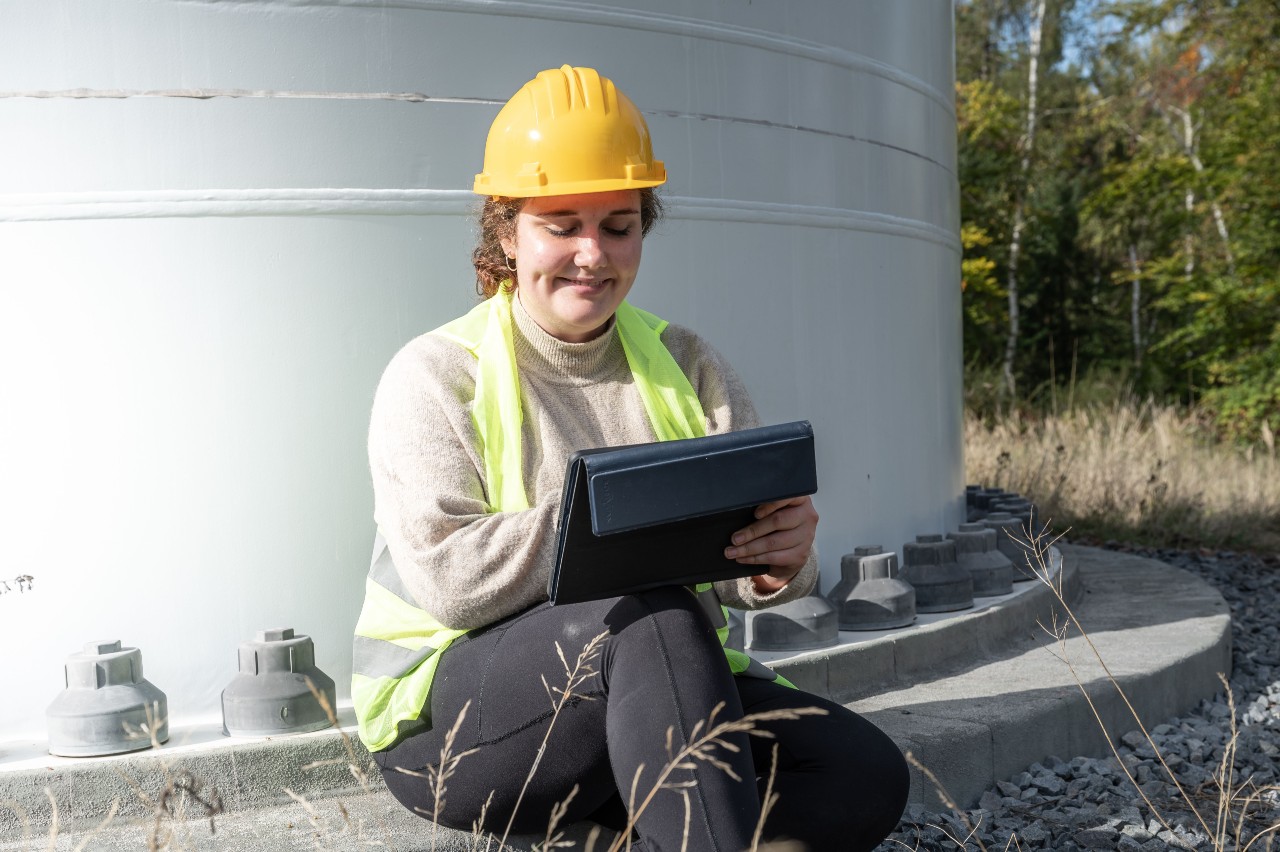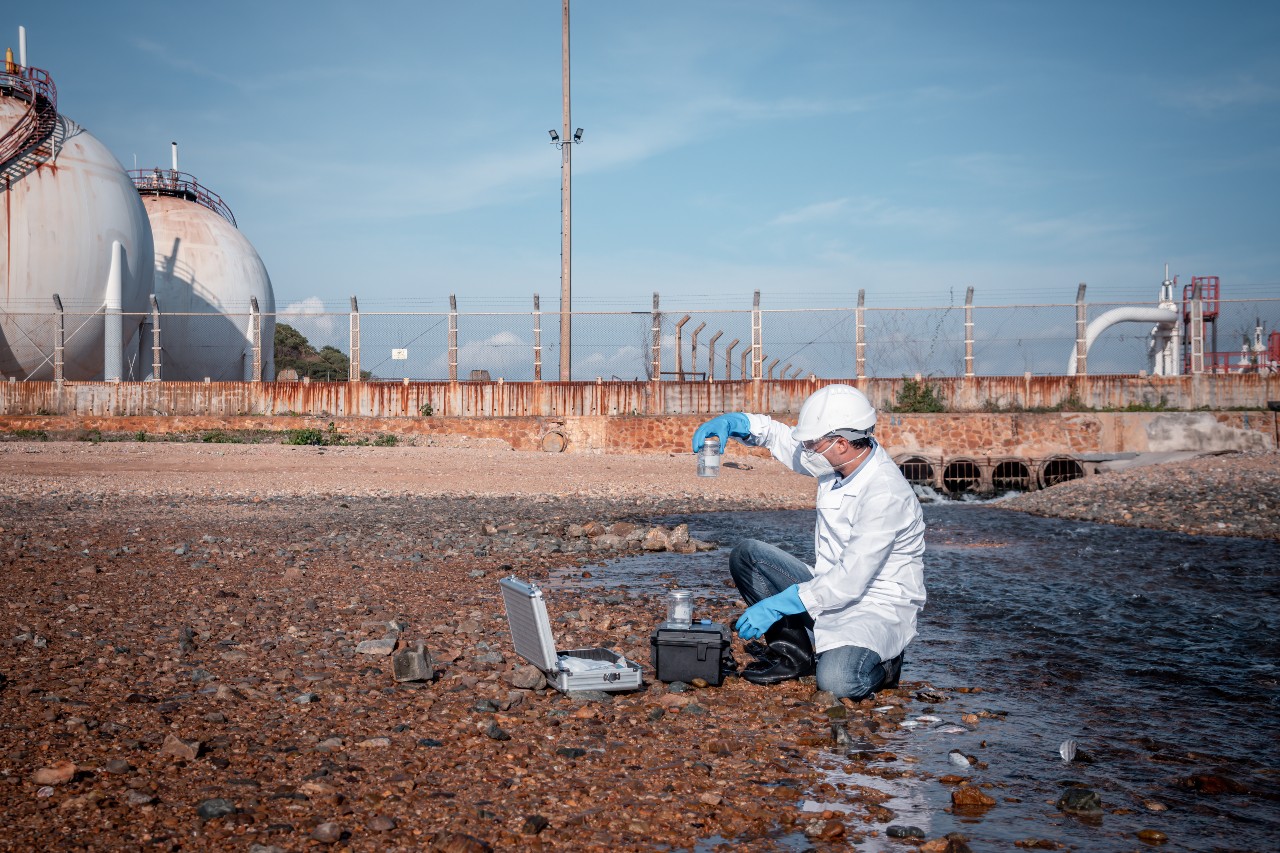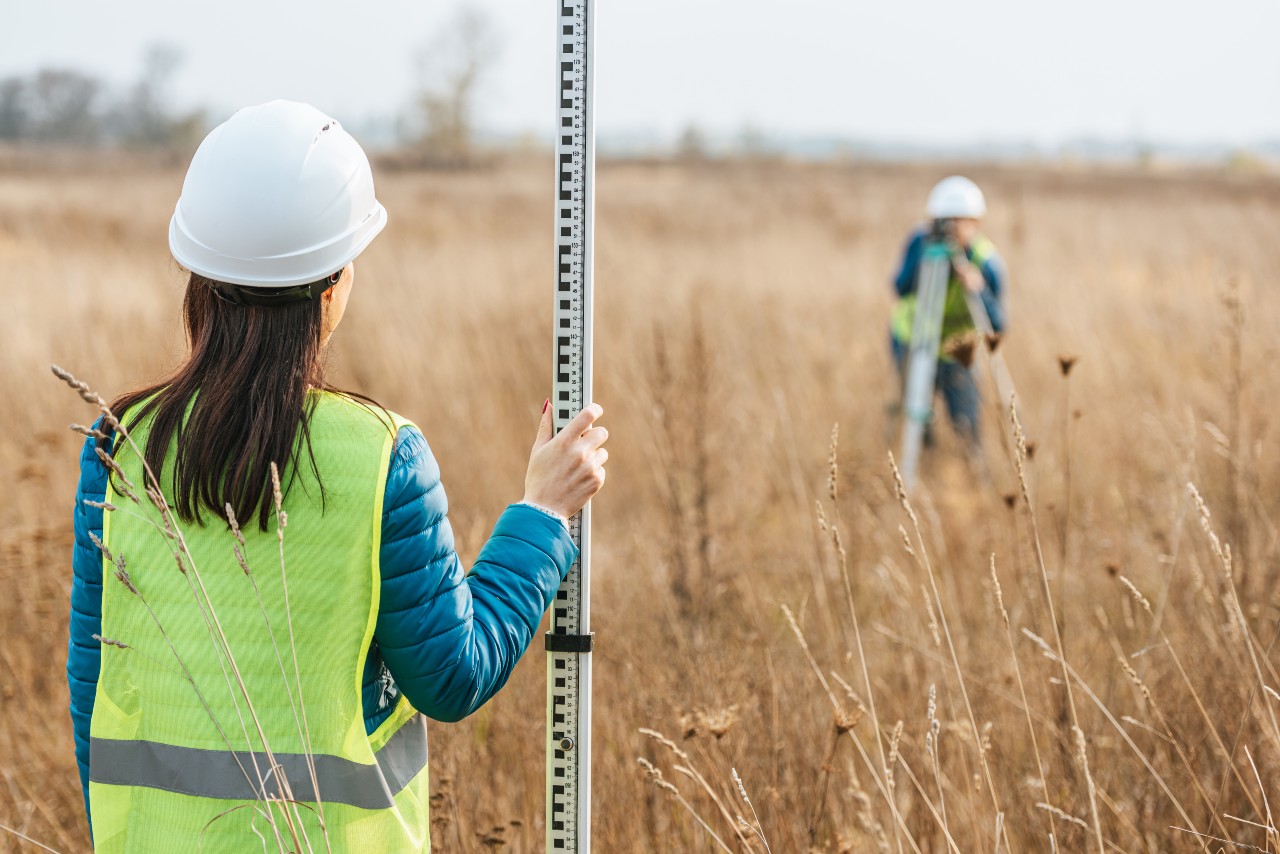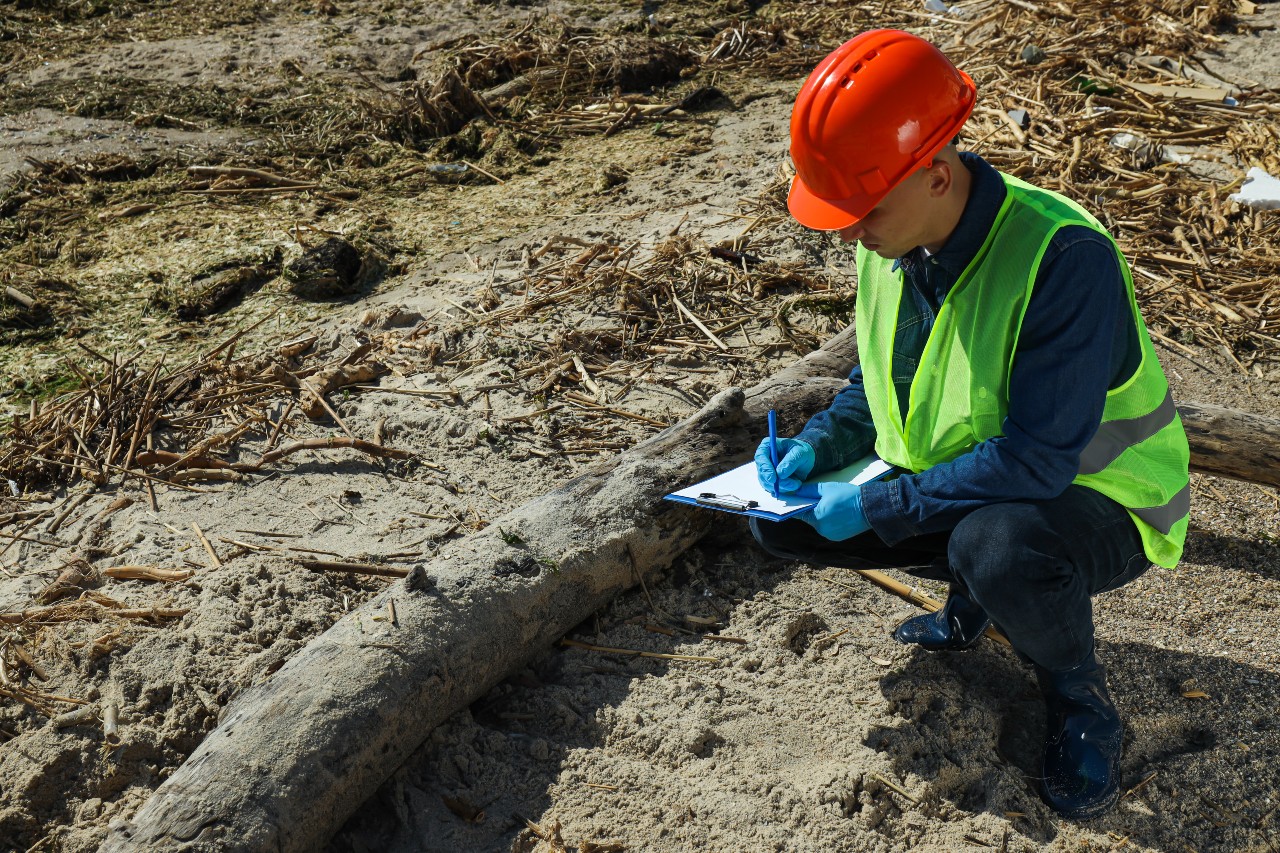The words “environmental site assessment” have cost commercial property investors more than their fair share of sleep. But do you really need to worry about this crucial step of maintaining your property (or preparing to sell it to an interested buyer)? These assessments aren’t meant to favor one side. Everyone benefits from a properly conducted environmental site assessment. But in the spirit of “forearmed is forewarned”, allow me to arm you with the knowledge you’ll need to approach your impending assessment with confidence!
Why Do You Need an Environmental Site Assessment?

An environmental site assessment covers a lot of ground. But its primary goal is simple: to identify potential problems for any party arising from a structure’s environmental conditions. Maybe the building is having an adverse effect on its surrounding environment. Maybe the environment is having an adverse effect on the building! Oftentimes, both are true to some degree. An environmental site assessment gives you the unflinching truth in detail.
It can be a bit daunting for owners hoping for a lucrative sale to run an independent environmental assessment. What if it turns up some nightmare scenario with endless repairs? But it’s best to view an environmental site assessment for your building the way you’d view a trip to the doctor for yourself. The sooner you identify any problems, the sooner you can get to work on fixing them. It’s part of your due diligence as a property investor and one that can never be taken lightly!
Who Benefits from an Environmental Assessment?
Ordering an environmental site assessment shouldn’t be seen as a necessary evil though. It should be seen as a vital step in the right direction. After all, each side of the transaction stands to benefit immensely from an environmental assessment! The current owner, prospective buyer, investors, staff… even the surrounding environment all improve from the knowledge provided by the assessment.

The Diverse Benefits of an Environmental Site Assessment
- Keeps current owner in compliance with laws at the local, state, and federal levels
- Protects current owners from legal issues and financial consequences such as fines
- Reinforces the property’s long-term value with the consistency of regular assessments
- Provides a clear avenue to eco-conscious practices
- Protects the health of onsite staff
- Provides opportunities to handle problems before they become unwieldy and expensive
- Protects potential buyers from environmental liabilities
- Allows all sides to make informed decisions
What Can You Expect from Your Site Assessment?
California assessors pride themselves on thoroughness, so expect a comprehensive report that includes data collected through a variety of means including physical inspections of the site, reviews of records and documents, and even interviews with anyone from owners and occupants to neighboring businesses/homes and local officials. Often, assessors will also review neighboring land for any environmental hazards. In California, most environmental site assessments will adhere to the guidelines set forth in ASTM E1527-21. By sticking closely to these guidelines, assessors ensure they remain in compliance with industry standards.
The Phases of Environmental Assessment
In most cases, your environmental site assessment will be comprised of a series of phases designed to cover an exhaustive amount of ground. But when you’re dealing with environmental hazards and liabilities, you don’t want anything to slip through the cracks. Let’s take a closer look at what you can expect from your environmental assessment.

I. The Overview Assessment
This introductory phase allows assessors to take a broad look at the site in general. The goal here is to determine the various purposes the property has served over the years in case these illuminate any environmental concerns. This can mean conducting interviews and physically reviewing the property, and it almost definitely means reviewing records.
II. Soil Assessments
By collecting soil samples, assessors can determine whether contaminants have seeped into the ground. Contaminants can include chemicals, heavy metals, and more.
III. Groundwater Assessments
Assessors will also check groundwater to ensure it hasn’t been tainted by contaminants. Industrial facilities are particularly at risk of water contamination. Buildings with subterranean water tanks are also at an increased risk.
IV. Air Quality Assessments
While your building will be checked for emissions, it’s important to remember that environmental assessments cut both ways. Therefore, assessors will also be accounting for nearby traffic and emissions from neighboring facilities.

V. Testing for Contaminants Such as Lead and Asbestos
Not every property will qualify for this phase of an environmental site assessment. However, if you own an older building, you should prepare for tests that will determine whether your building materials contain asbestos or lead-based paints.
VI. Waste Assessment
Surprisingly, waste itself is often an environmental hazard that owners and buyers overlook. This is a pretty simple phase of the environmental site assessment in which the assessor reviews the methods of waste disposal employed by the facility. Count on them to account for both hazardous and non-hazardous waste disposal methods.
VII. Regulatory Assessment
In the end, your property needs to comply with regulations at the local, state, and federal levels. Assessors will also take a closer look at all of your operations through this lens. Better that they find something before the guy who issues fines!
VIII. Impact on the Surrounding Environment
If your building was built in an ecologically delicate area, you’ll likely be subject to an even more in-depth analysis of how your building and its operations impact the surrounding environment. This includes animal life, plant life, and the general balance of the area’s ecosystem.

How to Prepare for Your Assessment
Hopefully, by now, you’re not feeling bothered by the inevitability of your environmental site assessment. If the date is already on your calendar, just ensure you’ve allotted yourself plenty of time for the process. Rushing an assessor won’t do you any favors! When all is said and done, the results will be presented to you in a comprehensive report. This will detail how the assessment was conducted, highlight outstanding issues, and even give you tips on your next move. And, as always, if you need a second set of eyes to look over those results with you, don’t hesitate to give your trusted real estate agent a call!




